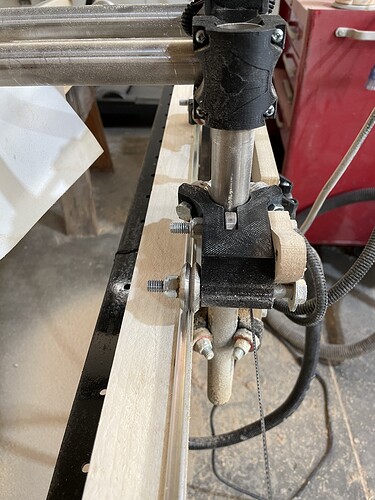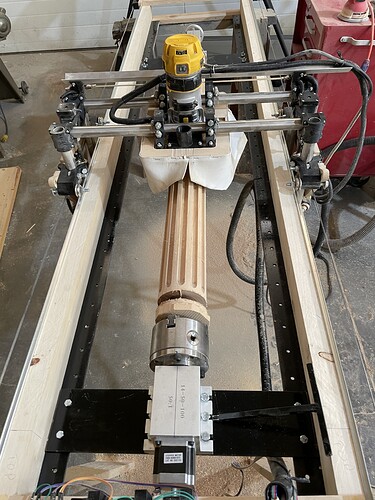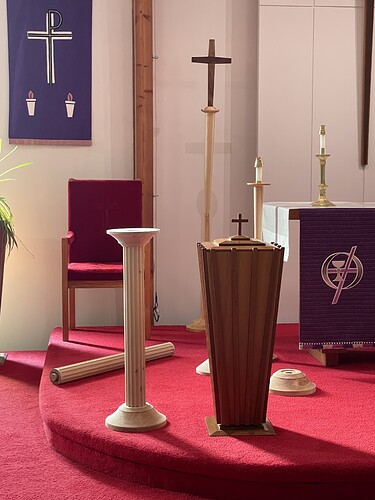Not that I’m aware of.
I think the LR2 uses 44 608 skate bearings, the Primo uses 45. (2x for each wheel = 8, 6x for each Z tube = 24, 6x for each X tube = 12) So you may be one short.
The LR2 only uses 6 of the GT2 idler pulleys, the Primo uses 8.
The LR2 only uses 3 of the 16T motor pulleys, the Primo uses 4.
Most of the LR2 5/16" bolts are too long, or too short. The primo uses pretty much exclusively 1.5" (40mm) bolts, where the LR2 uses some 1.25" and many longer bolts. You will need 44 of these, you can probably pick up a box of 50 at the local hardware store. I don’t know about the nuts, you can re-use the ones you have, but I don’t know if there will be enough.
The LR2 uses a lot of #6-32 screws, the Primo doesn’t. However it is possible to substitute the #6-32 hardware for the M5 screws in many locations. The nut traps for the belt tensioners, for example are sized for the 8mm wrench M5 nuts, but #6-32 nuts are 5/16" which is pretty much the exact same size. You can therefore re-use many of your 1.5" #6-32 screws for things like the leg locks, feet, and belt tensioners.
The Primo does call for 60 sets of M5 hardware (screws and nuts), so you may still need to buy a box, but you can probably get away with a box of 50 instead of 60.
Some things you will have left over:
You will have extra of the leadscrew, coupler and drive nut. The LR2 uses 2 for the Z axis, the Primo uses only one.
The wiring may not work quite the same, and you should be prepared to re-do some of the wiring extension. If you build the machine smaller, then you might not need more wiring, you can just re-purpose what you have.
If you were not using endstops for your LR2, they are a nice-to-have on the Primo, but not strictly speaking needed.
So that’s my armchair analysis. Given that I no longer have an LR2 (I went to the LR3, and already had a Primo) it’s pretty much academic for me.
Now a quick comparison for the LR3, just because…
Let’s say that you’re scaling down, and that’s the reason why you’re looking at a Primo.
The LR3 uses roughly the same configuration, so you won’t be short on GT2 idlers or pulleys. You can also re-use much of your tube. Though my LR3 is actually wider than my LR2, I actually had to cut my X span tubes shorter.
The LR3 uses significantly fewer 608 skate bearings. This is because it does use the MGN12H linear bearings for the Z axis, so you would need to buy those.
You still don’t get to re-use any printed parts, and you will need to buy a lot of M5 screws and nuts. Some of the re-use of the #6-32 hardware still applies, but now we’re talking about a box of 100 either way, so you might as well just buy it all. you will also need the 1.5" 5/16" (M8) bolts.
If your LR2 is functional, you can use it to cut the flat parts beforehand.
You still get to re-use all of the motors and control hardware.
Hardware cost wise, this is probably a bigger investment, if for no other reason than the MGN12H rails. For a smaller footprint machine though either way will be a nice upgrade.


